Search the Special Collections and Archives Portal
Search Results

Helldorado Parade, Las Vegas, Nevada: photographic print
Date
Archival Collection
Description
Image
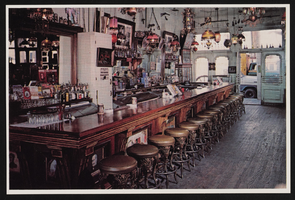
The Bucket of Blood Saloon in Virginia City, Nevada: postcard
Date
Archival Collection
Description
Image
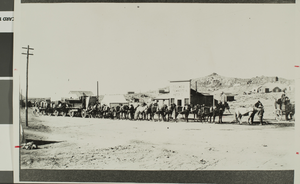
Photograph of Columbia townsite, Goldfield, Nevada, circa 1905-1907
Date
Archival Collection
Description
The boom days in the Columbia townsite at Goldfield, Nevada. Typed description provided on back of image: "Author/lecturer Stanley Paher recounts the Goldfield, Nevada boom days during a slide persentation at 7 p.m. Monday, October 31 at the new Las Vegas Library, 1726 E. Charleston, inside the Charleston Plaza Mall." Street Address: 1726 East Charleston Boulevard
Image
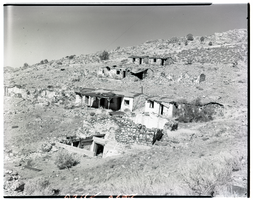
Film transparency of a ghost town, Delamar, Nevada, 1956
Date
Archival Collection
Description
Image
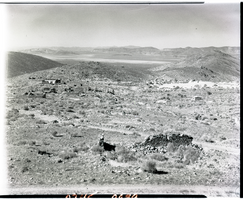
Film transparency of a ghost town, Delamar, Nevada, 1956
Date
Archival Collection
Description
Image
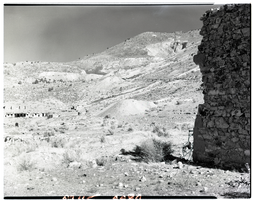
Film transparency of a ghost town, Delamar, Nevada, 1956
Date
Archival Collection
Description
Image
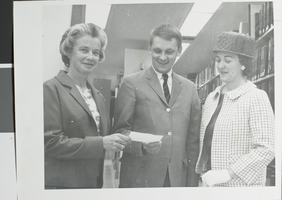
Photograph of individuals at University of Nevada, Las Vegas, circa 1970s
Date
Archival Collection
Description
Pictured from left to right: Mrs. Faunce, Hal Erickson, and Mrs. Newmann making a donation to the library at the University of Nevada, Las Vegas (UNLV).
Image
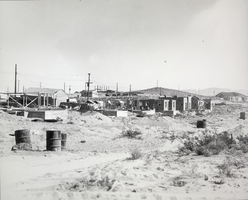
Photograph of early Boulder City, Nevada, October 12, 1931
Date
Archival Collection
Description
Image
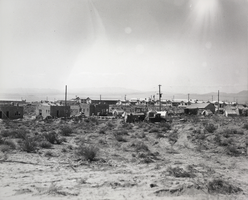
Photograph of construction in Boulder City, Nevada, October 12, 1931
Date
Archival Collection
Description
Image
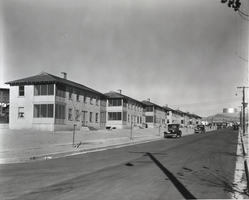
Photograph of a street scene, Boulder City, Nevada, circa 1931
Date
Archival Collection
Description
Image
